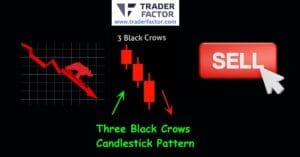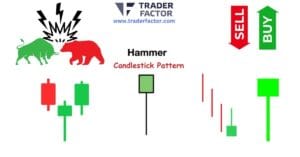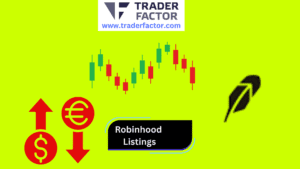In the dynamic world of forex trading, you may seek ways to maximize profits, minimize losses, and capitalize on fleeting market opportunities. Forex scalping techniques could be just the strategies you need. These tactics focus on making numerous small daily trades, taking advantage of minor price fluctuations to yield a cumulative profit. But before you venture into this fast-paced trading realm, you must equip yourself with the right techniques. So, let’s delve into the eight best forex scalping strategies for beginners. By the end of this discussion, you’ll better grasp how to leverage these tactics to your advantage. But hold on, there’s a twist. While the prospect of quick returns is enticing, forex scalping is not a one-size-fits-all strategy. It requires a particular set of skills and temperament. So, are you cut out for it? Let’s find out.
Table of Contents
ToggleUnderstanding Forex Scalping Basics
To truly grasp the basics of forex scalping, you need to understand that it’s a trading method which involves making numerous trades within a day to profit from small price fluctuations in the forex market. This approach requires a particular scalping psychology. You must be quick, focused, and able to make decisions on the spot.
Risk management plays a crucial role in scalping. Since you’re dealing with small profits, minimising losses is essential. Stick to a strict stop-loss policy and never risk more than a small percentage of your trading capital on a single trade.

Various scalping indicators can help you make informed decisions. Moving averages, relative strength index (RSI), and Bollinger Bands are commonly used by scalpers.
Effective scalping strategies often involve trading during peak market hours when volatility is high. It’s also crucial to have a clear entry and exit strategy for every trade.
Lastly, be aware of the common scalping pitfalls. Overtrading and getting carried away by emotions can lead to considerable losses. Always stick to your plan, remain patient, and control your emotions.
Suitability and Tips for Forex Scalping
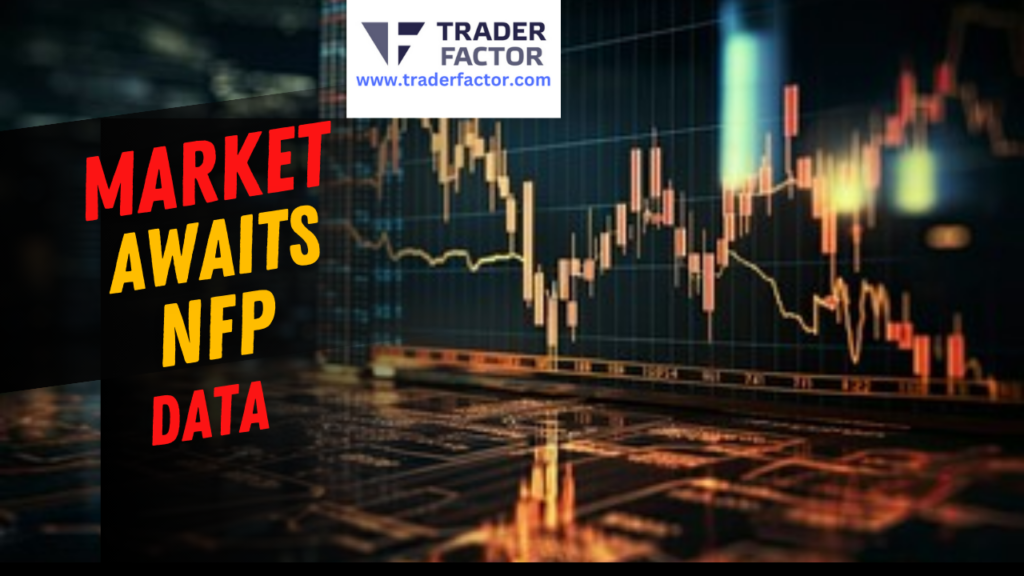
Are you cut out for forex scalping? It isn’t for everyone. You need to have the right scalping psychology. This means being comfortable with high-speed, high-risk trading and making quick decisions under pressure. You should be able to handle stress well and stay focused for long periods.
Risk management is crucial. Even small losses can add up because of the high volume of trades. Always have a stop-loss order, and never risk more than a small percentage of your trading capital on any single trade.
Scalping indicators, like moving averages or stochastic oscillators, can help you identify trading opportunities. Use them wisely. Scalping timeframes are usually very short – often just a few minutes. You need to be ready to react quickly to market changes.
Scalping execution is all about speed and precision. You need a reliable trading platform that lets you enter and exit trades quickly, with minimal slippage. Always test your scalping strategy on a demo account before trading with real money.

Time Frames for Forex Scalping
Selecting the right time frame for forex scalping is crucial in your trading strategy. Scalping strategies often involve trading on shorter time frames, which requires quick decisions and constant market monitoring.
Typically, scalpers operate within the 1-minute to 15-minute time frames. The 1-minute time frame is most commonly used, offering plenty of trading opportunities and demanding rapid decision-making and execution. The 5-minute time frame gives you more breathing room, but you’ll still need to make quick decisions.
Choosing the right time frame depends on your profit targets. For example, if you aim for 5-10 pips per trade, the 1-minute or 5-minute time frames would be suitable. To help meet these targets, you might focus on volatile pairs, as they can offer the price movements necessary for scalping.
Your trading system should be tailored to the time frame you’re working in. It should support rapid execution and enable you to monitor price changes easily. Remember, practice and experience will help you choose the right time frame for your forex scalping strategies.
Selecting Currency Pairs for Scalping
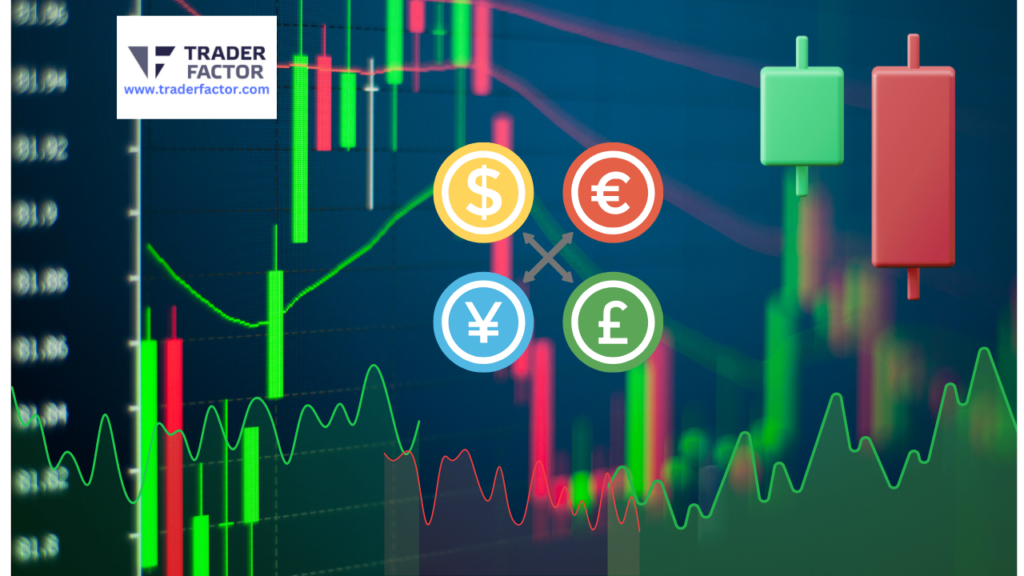
Just as crucial as choosing the right time frame, selecting the optimal currency pairs for your scalping strategy can significantly impact your trading success. Currency pair selection is key to managing risk and maximising potential rewards in the forex market.
Your focus should be on pairs that exhibit high market volatility. This volatility creates the quick price movements that you, as a scalper, need to make small, frequent profits. Pairs like EUR/USD or GBP/USD, for instance, may offer the volatility you need.
However, be aware of the trading costs. Each trade you make incurs a spread cost. Spread analysis helps you understand these costs and choose pairs with tighter spreads to keep them down. Remember, in scalping, every pip counts!
Risk management is another crucial aspect of currency pair selection. Some pairs are riskier than others, and balancing the potential for profit against the risk of loss is important.

The 1-Minute Scalping Strategy
Delving into rapid-fire trading, the 1-minute scalping strategy is a powerful tool that can potentially boost your forex trading success. This strategy requires quick decision-making and a solid understanding of scalping psychology.
To excel in this strategy, you’ll need to consider these key elements: – Scalping Psychology: Cultivate a mindset of patience and discipline. You’ll make multiple trades daily, so prepare for wins and losses. – Scalping Risk Management: Protect your trading capital. Set a stop-loss for each trade to limit potential losses. – Scalping Entry Points: Identify optimal entry points for trades. Use technical analysis tools like moving averages and momentum indicators to guide your decisions. – Scalping Profit Targets: Set realistic profit targets for each trade. Remember, the goal here is to accumulate small but frequent gains. – Scalping Trade Frequency: Be prepared to trade frequently. With the 1-minute scalping strategy, you could make dozens of trades daily.
Factors to Consider Before Scalping
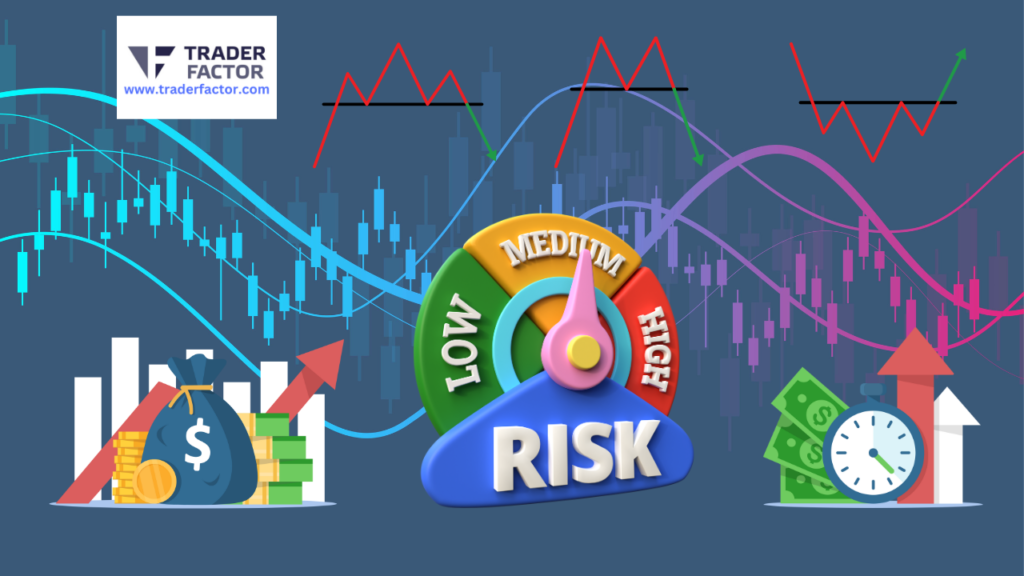
Before diving into scalping, it’s crucial to consider key factors that can significantly influence your trading success. Risk management is vital. You must decide how much of your capital you will risk per trade. Remember, losses can pile up quickly in scalping.
Your trading psychology also plays an essential role in scalping. It demands quick decision-making and tolerance for stress. You should be prepared to face multiple losses without letting emotion dictate your trades. It’s about sticking to your plan, no matter what.
Next, market analysis is indispensable. Understanding the market environment and the financial news impacting your chosen currency pairs is crucial. You must be able to interpret market indicators swiftly and correctly.
There are many scaling strategies; choosing the right one depends on your trading style and market conditions. Some strategies focus on news events, while others emphasize technical indicators.

Technical Indicators for Scalping
Having understood the factors to consider before scalping, let’s now explore the technical indicators that can guide your scalping strategies. Successful scalping requires a combination of tools and techniques to analyze the market and locate precise entry and exit points.
- Moving Averages (MA): This indicator helps identify trends, providing valuable information on price movements. It’s often used in tandem with other indicators to confirm market analysis.
- Simple Moving Average (SMA)
- Exponential Moving Average (EMA)
- Relative Strength Index (RSI): This tool helps identify overbought or oversold conditions. When scalping, it can provide efficient entry signals.
- Stochastic Oscillator: This momentum indicator can signal when the market is overbought or oversold, helping you anticipate reversals and manage risk.
These indicator combinations can help develop robust scalping strategies. Remember to practice risk management and validate your entry signals before executing trades. The effectiveness of these indicators varies across market conditions, so it’s important to adapt your strategy accordingly. With practice and patience, you can master using these technical indicators for successful scalping.
Liquidity and Volatility in Forex Scalping

When scalping in the forex market, understanding the concepts of liquidity and volatility becomes paramount to your success.
Liquidity, in simple terms, is how quickly you can buy or sell a currency pair without causing a significant price movement. A highly liquid market will allow for quick entries and exits, a key scalping benefit. However, the liquidity impact can be double-edged. Your trades could significantly move prices in less liquid markets, potentially leading to scalping risks such as slippage.
On the other hand, volatility refers to the rate at which the price of a currency pair increases or decreases for a set of returns. It measures the speed and magnitude of price changes, so volatility considerations are essential in your market analysis. High volatility means higher risk but also the potential for higher rewards.
Here’s a concise summary:
| Scalping Benefits | Liquidity Impact | Volatility Considerations |
| Quick entries and exits | Can cause price movement | High risk & potential reward |
| Small, frequent gains | Risk of slippage | Requires thorough analysis |
| Works in various market conditions | Depends on market hours | Impacts choice of currency pairs |
Frequently Asked Questions

Who Are the Best Forex Brokers for Scalping?
OneRoyal is renowned for its engaging social trading platform, offering a wealth of educational materials and a handy demo account for practice. Traders can access a maximum leverage of 1:1000 and are eligible for a 100% Deposit Bonus. OneRoyal provides a suite of trading tools, including CopyTrading with Hoko Cloud, Trading Central, MT4 Accelerator, VPS Hosting, and Trading Calculators, all under the regulatory supervision of AFSL-ASIC, CySEC, VFSC, and FSA.

IronFx delivers a straightforward platform complemented by a robust risk management tool, empowering traders to mitigate their trading risks effectively. With leverage options up to 1:1000 and a 100% Deposit Booster available, traders can access TradeCopier, Trading Central, AutoTrade, and VPS Hosting tools. IronFx maintains FCA, CySEC, FSCA, and BMA regulations, ensuring a secure trading environment.

Admirals distinguishes itself with superior customer support and extensive educational resources. Offering leverage up to 1:500, VIP account conditions, and CashBack on trades, Admirals equips traders with MetaTrader Supreme Edition, StereoTrader, Trading Central, Premium Analytics, and VPS Hosting. Its regulatory compliance is upheld by the FCA, CySEC, AFSL-ASIC, JSC, CIPC, and CMA.

ActivTrades features a user-friendly platform, comprehensive educational content, and versatile demo accounts, catering especially to professional traders with leverage up to 1:400. In contrast, retail traders have a maximum leverage of 1:200. Traders can earn CashBack and interest on free margin funds, and trade using TradingView on the ActivTrader platform. ActivTrades is regulated by the FCA, CSSF, CMVM, SCB, and BACEN, ensuring a trusted trading experience.

EightCap concludes our list with its intuitive trading platform, excellent educational resources, and effective customer support. Offering the highest leverage of 1:500 and a 10% deposit bonus, EightCap equips traders with advanced tools like TradingView, Crypto Crusher, Capitalise AI, FlashTrader, Acuity, and VPS Hosting. It operates under the regulatory guidance of AFSL-ASIC and SCB, ensuring a secure and responsive trading environment.

What Kind of Risk Management Strategies Should a Beginner Scalper Consider?
As a beginner scalper, manage risk by controlling leverage utilization, implementing stop-loss orders, and maintaining a healthy risk-reward ratio. Consider a diversification strategy and choose appropriate scalping timeframes to spread your risk.
How Much Initial Investment Is Typically Needed for a Beginner to Start Scalping in Forex?
You’ll need a reasonable beginner’s budget for forex scalping. Start small and consider capital allocation carefully. Investment considerations vary, but a few hundred dollars is a common start. Learn scalping basics before investing more.
Are Any Specific Software or Trading Platforms Best Suited for Forex Scalping?
You’ll need software with real-time data, high-speed execution, and compatibility for automated or manual scalping. Choose platforms with algorithmic scalping features. It’s crucial to compare the software’s capabilities before deciding.
How Can Economic Events and News Releases Impact Scalping, and How Can a Beginner Prepare for These?
Economic events can drastically impact scalping. You’ll need to develop new interpretation skills and understand economic indicators. Prepare for data releases and use economic calendars. Don’t underestimate the impact of geopolitical events.
Can Scalping Be Used in Conjunction With Other Trading Strategies, or Should It Be Used Exclusively?
You can combine scalping with other strategies, such as swing or day trading. It’s even applicable in crypto markets and can be integrated with algorithmic trading or long-term strategies. Find what suits you best.
Conclusion
Forex Scalping Techniques
That’s it! You’re now equipped with the basics of forex scalping. Remember, this technique requires quick decision-making and constant analysis. Look for volatile currency pairs with low spreads, and always use a solid trading system. Keep an eye on technical indicators, and be aware of liquidity and volatility. Remember, forex scalping isn’t for everyone – but if it suits your trading style, it could be your fast track to quick profits. Good luck!
Disclaimer:
All information has been prepared by TraderFactor or partners. The information does not contain a record of TraderFactor or partner’s prices or an offer of or solicitation for a transaction in any financial instrument. No representation or warranty is given as to the accuracy or completeness of this information. Any material provided does not have regard to the specific investment objective and financial situation of any person who may read it. Past performance is not a reliable indicator of future performance.












